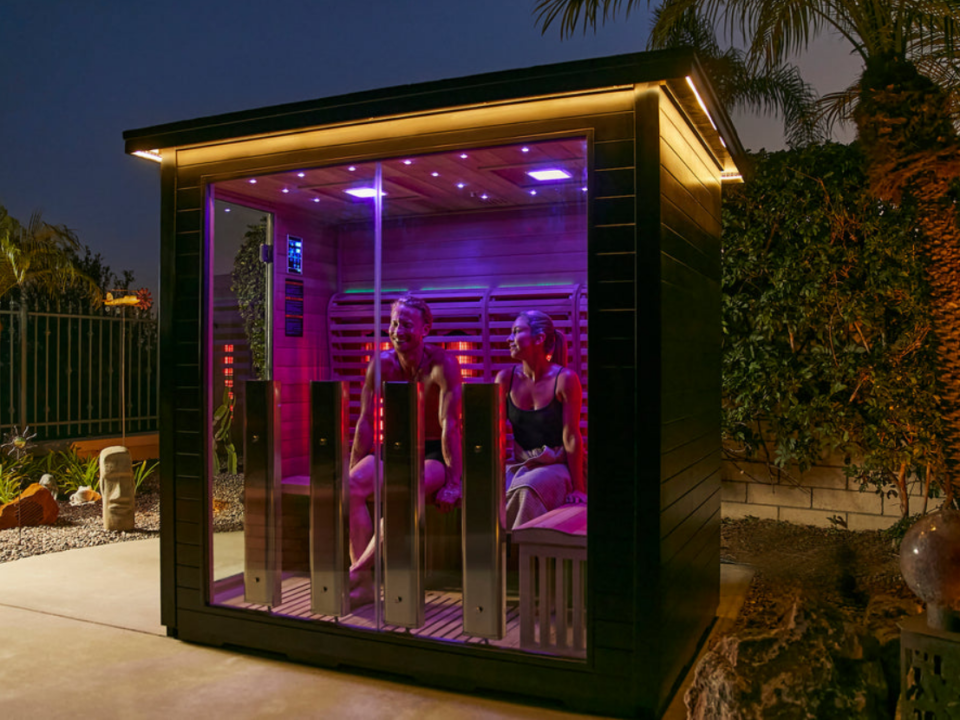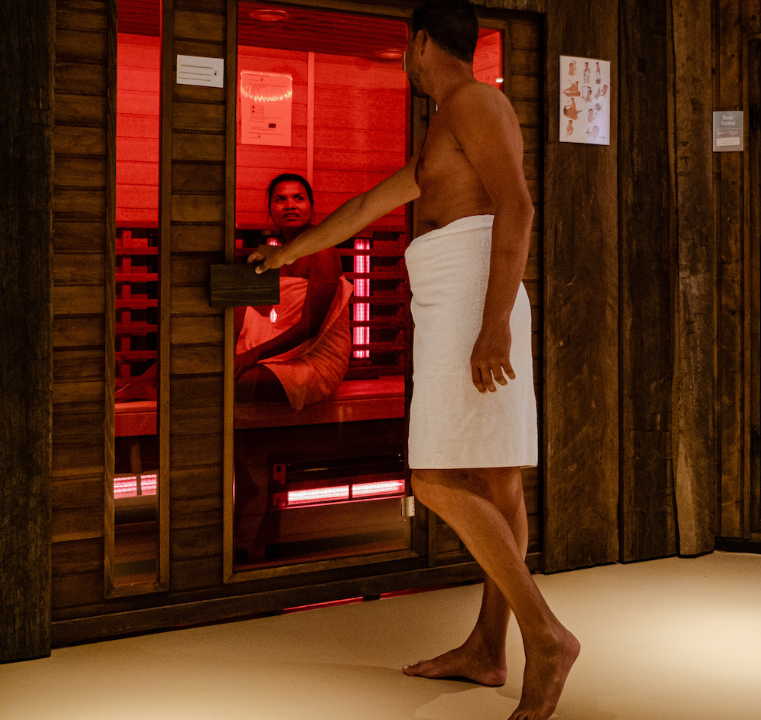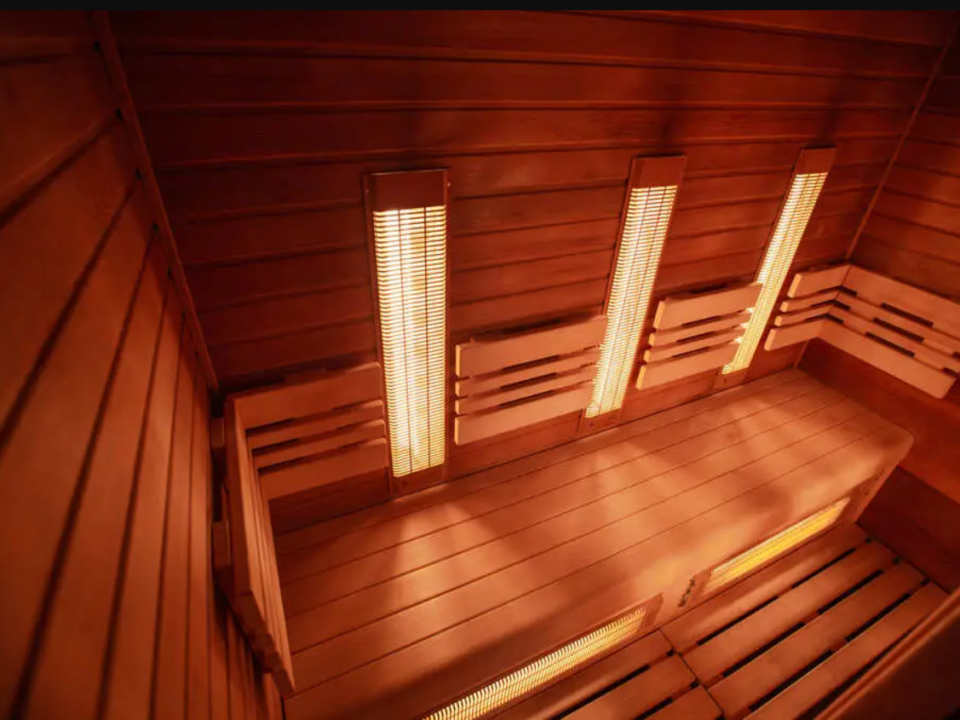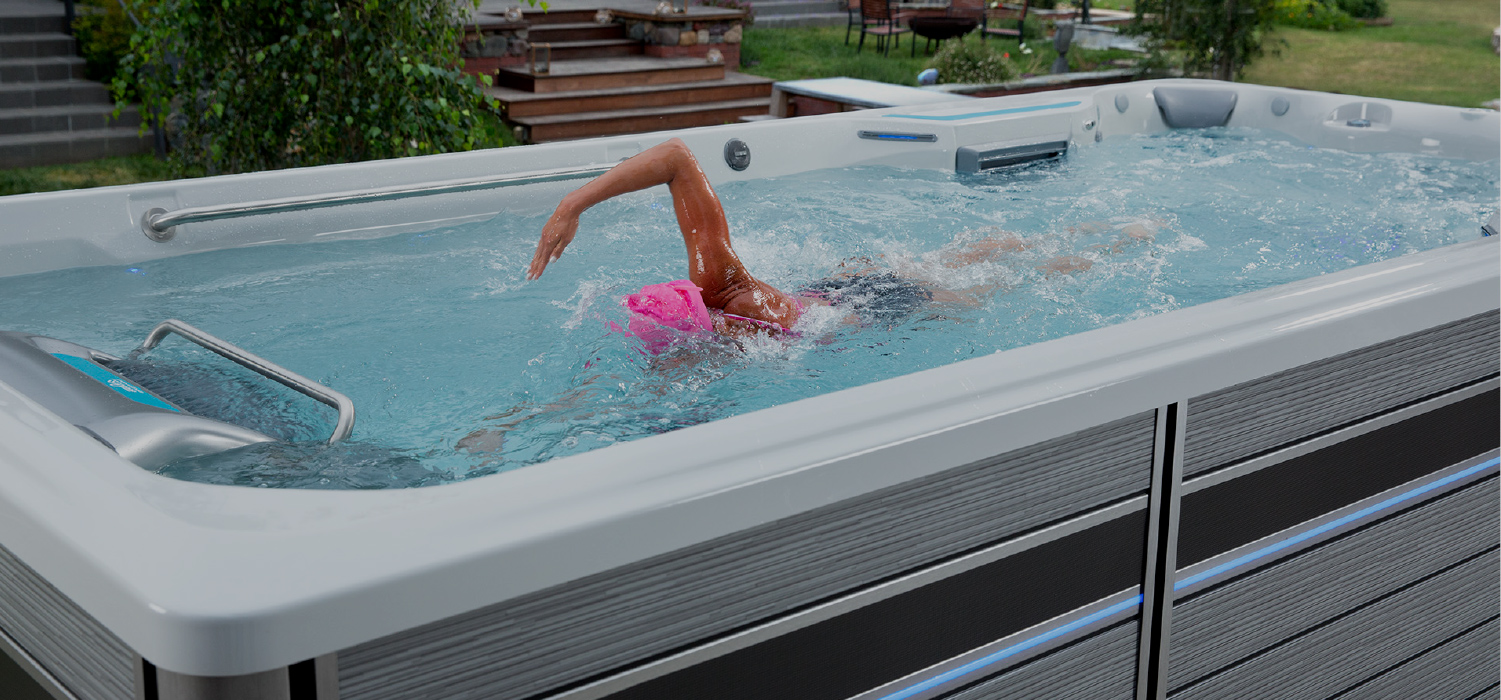
Dive into Bliss: The Ultimate Aquatic Escape with a Swim Spa
October 20, 2023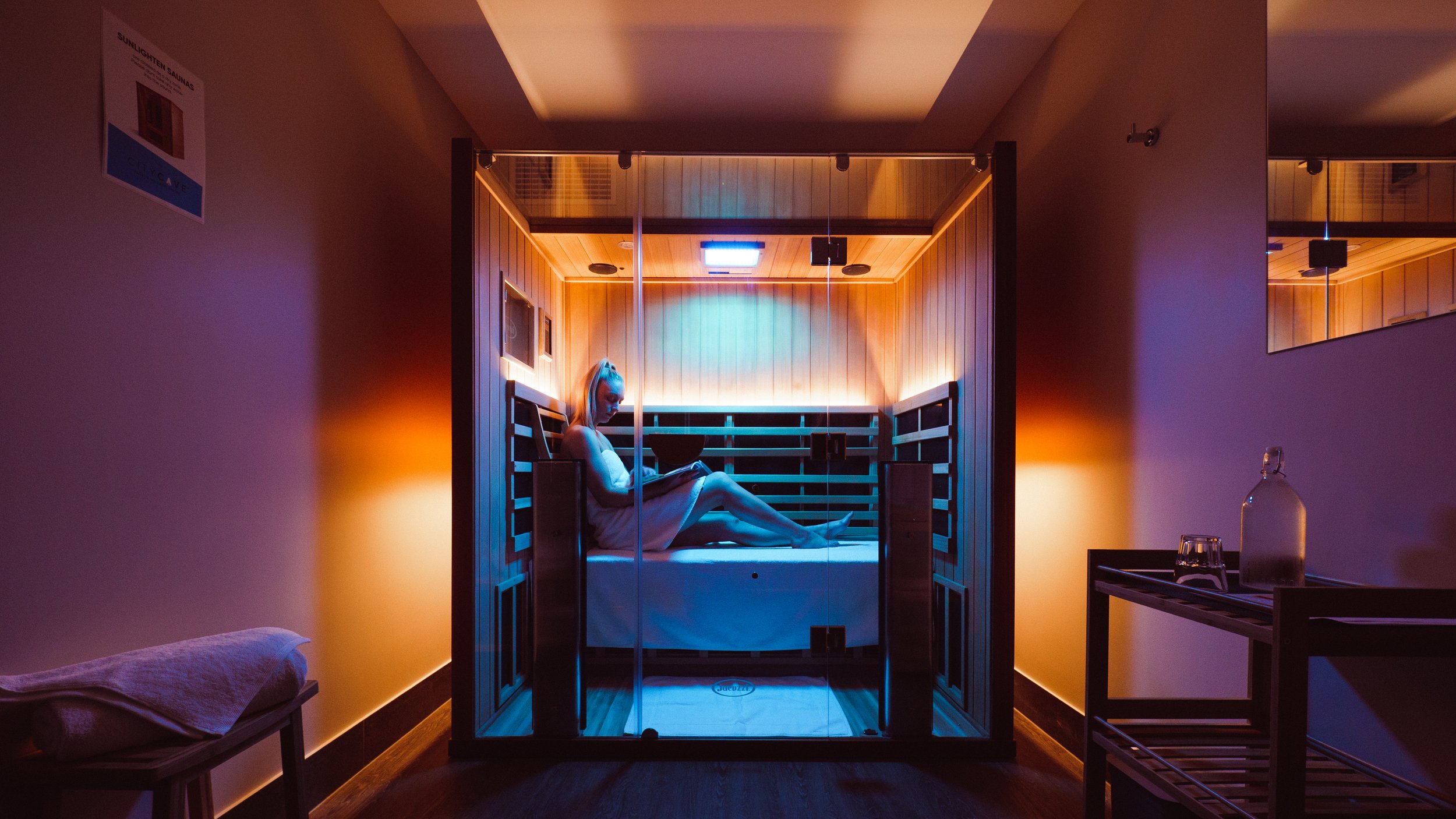
Achieve Radiant Skin with Infrared Sauna
November 2, 2023Comparing Traditional Saunas to Infrared Varieties
Both traditional saunas and infrared saunas offer unique experiences, but each has distinct features that cater to different needs. Delving into their respective characteristics can provide insights into which might be the ideal choice for one’s wellness journey.
The Warm Embrace of Traditional Saunas
Traditional saunas, often referred to as Finnish saunas, use heat sources like wood or electric heaters to warm the air inside the room. This high temperature, often between 150°F and 195°F, then heats the body, promoting sweating.
Key Benefits of Traditional Saunas:
- Thorough Sweating: The intense heat produces profound sweating, aiding in detoxification.
- Ambiance: The distinct aroma of a wood-burning sauna offers a rustic experience.
- Humidity Control: By sprinkling water on the rocks, users can increase humidity, tailoring the sauna environment to their comfort.
Infrared Saunas: A Modern Take on Sweating
Unlike traditional saunas, infrared saunas don’t heat the air around you. Instead, they use infrared lamps to emit radiant heat that is absorbed directly by the skin. The temperatures here are generally lower, ranging between 120°F and 140°F.
Unique Advantages of Infrared Saunas:
- Deep Penetration: Infrared light penetrates deeper into the skin, offering a more intense sweat experience at a lower temperature.
- Efficient Detoxification: The deep-reaching heat can help with improved toxin elimination.
- Energy Efficiency: Infrared saunas tend to be more energy-efficient, often translating to lower operational costs.
Health and Wellness Benefits: A Shared Objective
Both sauna types offer numerous health benefits. Regular sauna sessions, whether traditional or infrared, can aid in improved circulation, relief from sore muscles, enhanced relaxation, and reduced stress levels. Furthermore, the detoxifying effects of sweating have been celebrated for ages, contributing to overall well-being and skin health.
Which One is Right for You?
Choosing between traditional and infrared saunas often boils down to personal preferences. If you’re looking for a quicker sweat session without the intense heat, infrared might be your go-to. However, if the ambiance and ritual of a classic sauna appeal to you, the traditional route could be more up your alley.
Renewing Your Sauna Experience
Whether you’re gravitating towards the time-tested allure of traditional saunas or the innovative approach of infrared saunas variety, the ultimate goal remains the same: renewal, relaxation, and rejuvenation. As you sweat it out, remember that both paths lead to a refreshed and reimagined sense of well-being.
Read more:


